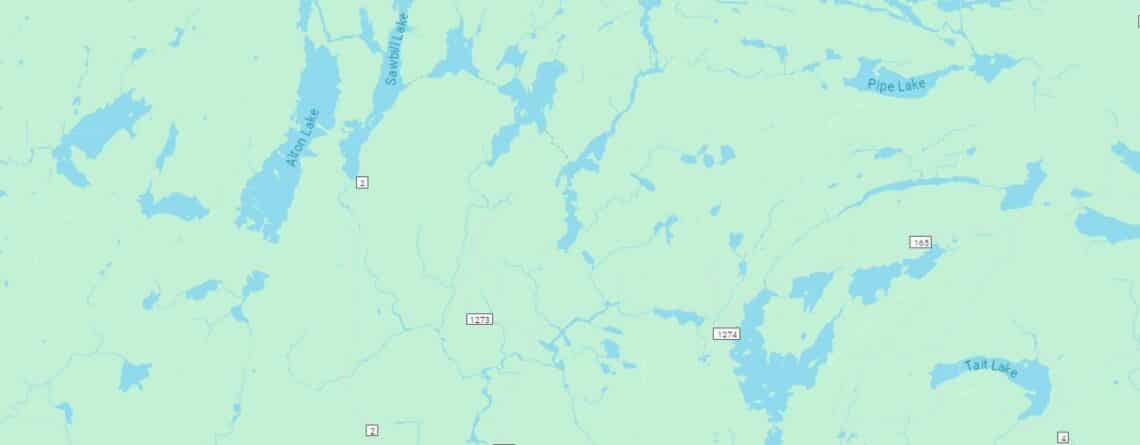Winter Wonderland: Unveiling North Shore Winter Camping Gems Beyond BWCAW
While winter camping in the Boundary Waters Canoe Area Wilderness (BWCAW) promises adventure, it might not suit everyone’s preferences. Fortunately, there are numerous alternative spots nearby that offer a balance of accessibility and natural beauty. Here are some recommended places for your next winter camping excursion outside of the BWCAW:
Minnesota State Parks
Minnesota State Parks provide designated campsites, with some offering plowed sites during winter. Split Rock Lighthouse, Tettegouche, George H. Crosby and Cascade State Park are North Shore state parks that offer winter camping.
Superior National Forest
Within the Superior National Forest, various options cater to winter camping, from dispersed camping to official campgrounds.
Fees Campgrounds
Although primarily popular in the summer, many fee campgrounds (which do not actually require a fee from November through March) offer excellent winter camping opportunities.
- Sawbill Lake Campground: Located 23 miles up the Sawbill Trail from Tofte, Minnesota, this campground is a welcome spot for winter campers seeking solitude and adventure. It sits on the border of the BCWAW, offering those who want a taste of The Wilderness access to it without having to travel far distances with gear or sacrifice the perks of a few amenities. Though the campground roads to outhouses and sites are not plowed during the winter, the road leading to the campground parking lot is plowed. Once you arrive, you’ll need to park near the entrance of the campground and bring your gear to a campsite.
- Crescent Lake Campground: Built next to Crescent Lake 25 miles from Tofte, MN (accessed by taking the Sawbill Trail and The Grade). There you’ll find sites that are situated on the shores of the lake, offering great Northwood Lake views and a bit of shelter from the wind.
- Two Island Lake Campground: Located up the 15 miles from Grand Marais, Two Island Campground is another option for winter camping enthusiasts. Although the roads to outhouses and campsites are not plowed, the roads to the campground are, the road leading up to the campground is.
Rustic Campgrounds
Rustic campgrounds offer less than ten sites and do not require any camping fees. Basic facilities provided consist of outhouses (though like fee campgrounds, they are not maintained in the winter), picnic tables, and fire rings. One of our favorite and most recommended rustic campground is Baker Lake Rustic Campground. This small campground is located next to Baker Lake, which extends into the Boundary Waters Canoe Area Wilderness. If you decide to venture into the BWCAW, be sure to grab a self-issued day permit before entering. The campground is located 23 miles from Tofte, Minnesota.
For a full list of Superior National Forest rustic and fee campgrounds, visit the Forest Service Website.
Dispersed Camping
The majority of the Superior National Forest beyond the Boundary Waters Canoe Area Wilderness allows for dispersed tent camping without the necessity of permits or reservations. This means camping outside of designated sites, so you won’t have access to facilities such as latrines or amenities like picnic tables or fire rings. When camping in this way it is essential to adhere to Leave No Trace principles to ensure that your presence leaves minimal impact on the environment.
Superior Hiking Trail
The Superior Hiking Trail group sites also offer options for folks who want to winter camp. Our favorite spot is the group campsite along the LeVeaux Mountain Trail section of the Superior Hiking trail (between Tofte and Lutsen, Minnesota). The campsite, which is easily accessed by the Superior Hiking Trail from the Oberg parking lot up Onion River Road, is nestled beneath some pines between the Superior Hiking Trail and the Sugarbush Ski Trail System. It makes it an incredible place to both ski and hike right from the site. Its proximity to the parking lot (estimated 0.5 to 0.75 miles) allows campers to stash extra gear in their vehicles and use bathrooms provided by the forest service.


